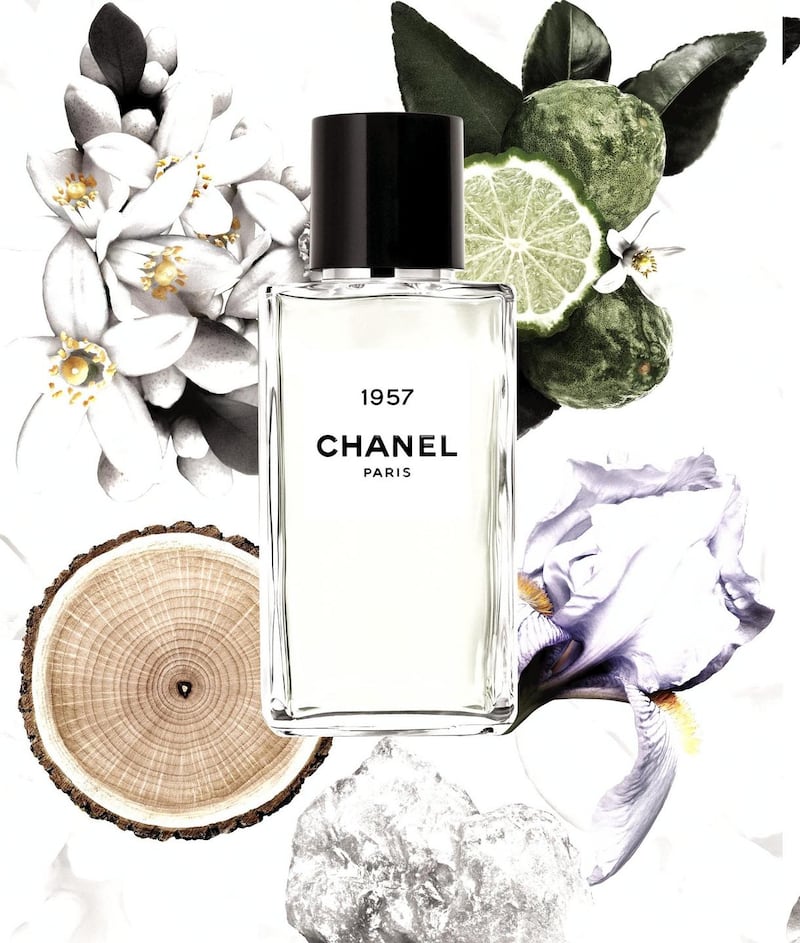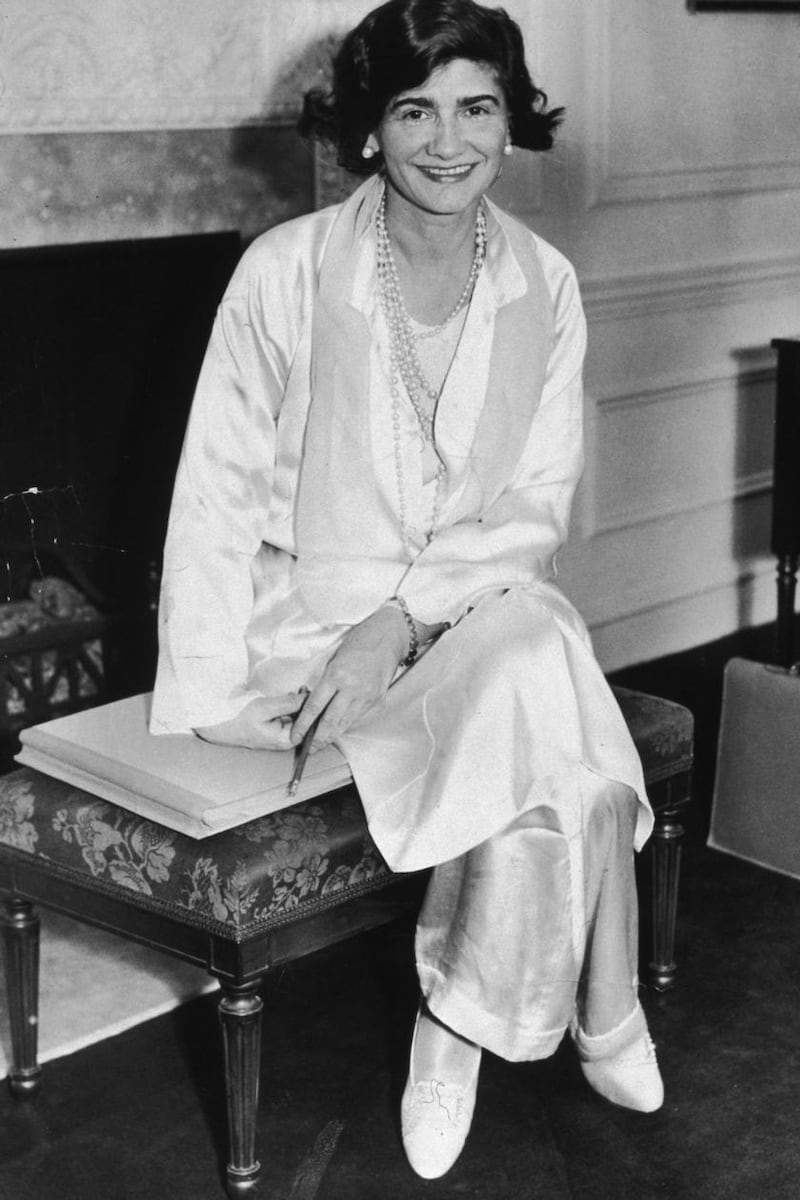Fragrance creation is a mystery to most of us, a territory where chemistry meets aesthetics, where science and art intersect to create something powerful. Scent is an invisible cord between the present and our memory, between our emotions and the objects, places and people that populate them.
Olivier Polge, creator of Chanel fragrances, understands the mysterious narrative of fragrance better than most people. One would think that, having taken over the role from his father, Jacques Polge, in 2013, the younger Polge had his path set for him, but he started as a student of art history and a classical pianist. With a wealth of influences, Polge's fragrances are simply different.
Responsibility for the success of Chanel’s perfumes ultimately rests with Polge, but he is disarmingly low-key about his accomplishments. When I sit down with him at the company’s Paris headquarters, which house his lab and office, Polge comes across as humble and even a little shy. He shines when he talks about his latest creation, 1957, which marks Coco Chanel’s trip to the United States in 1957, when she arrived at Neiman Marcus in Dallas via white Rolls-Royce to receive the department store chain’s award for distinguished service in the field of fashion, cementing her role as the most influential fashion designer of the 20th century.

The new fragrance is, in classic Chanel form and true to Polge's expanding portfolio of creations for the brand, quietly subversive. "In the 1960s, when my father lived in New York, the three bestselling fragrances were Chanel No 5, Arpège de Lanvin, and L'Air du Temps by Nina Ricci. I think that in the US they created their own perfumes with more musk notes. Always in United States fragrances, there is a link between cleanness and sensuality."
1957 is like a commentary on the direction in which US fragrance has taken its French roots, utilising those clean musk smells to make a distinctly French statement that bridges the two. “In European fragrance we have sensuality with a little more darkness. But in this globalised time I’m not sure it’s easy to find the boundaries [between the two cultures]. When you create a fragrance you translate an impression in your mind into a formula. Sometimes reality does not articulate what you have in your mind. Little by little, the changes you make become smaller, until it is right.”
Even today, Chanel makes a statement about its relationship with the United States at an interesting, and perhaps slightly daring, time
To those unfamiliar with the brand, Chanel may appear to be classic, feminine and maybe even conservative. The reality, articulated through its creations, and indeed its namesake, is infinitely more interesting than that. Coco Chanel was enigmatic, utterly self-made, subversive and powerful. Beneath the pearls was an unconventional woman so far ahead of her time that some in Europe encountered her unrivalled success with discomfort. A culture that traditionally prized birth and family history was less enthusiastic about a woman risen from poverty by her own work and will than was the United States, which celebrated this resolute, elegant and pragmatic woman, whose revolutionary sweaters appeared in the pages of Women's Wear Daily in 1914. Even today Chanel is making a statement about its relationship with the United States at an interesting, and perhaps slightly daring, time.

1957 is a fragrance project that would terrify most perfumers; like a painting created almost entirely in shades of white, it is a perfume composed mostly of white musks; a reinterpretation of US musk-based fragrances, but articulated in Polge’s voice. He enjoys the challenge. “Musks are essential facets of fragrance… They smell different on everyone. Some are heavy, some powdery or fruity, so it is interesting to use different musks simultaneously. Most of my work was to associate musks with other raw materials to provoke a contrast; create different textures. Use too much of one and it can mask the effect. The other raw materials are details which work with the musks to enhance them.”
He says it is slow, careful work. He created iteration after iteration of 1957, only to realise one day in the lab that a version he had created two weeks earlier, left to macerate, and then come back to, was the one. How does he know when a fragrance is finished?
“I do not aim for perfection, because that is impossible, but I just know when it is right… Scents are anchored on memory, but at the same time we are never nostalgic. It’s always a process, but there is beauty in imperfect things. Our weaknesses are touching. It is the same with fragrance.”
The nature of musks means 1957’s smell depends on the wearer, but a veil of bright, powdery warmth is offset by a biting, peppery pop. The fragrance is soft, fluid and iridescent yet barbed, spiced with a quiet ferocity.





















